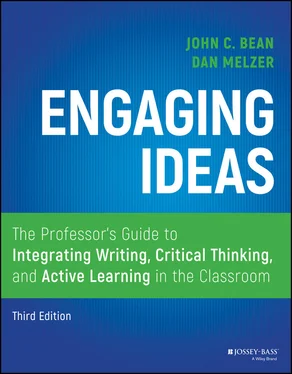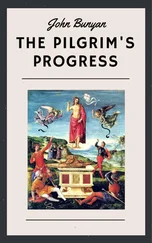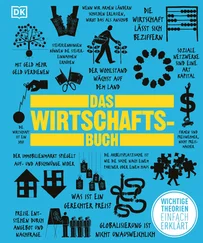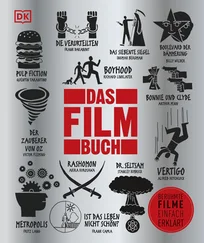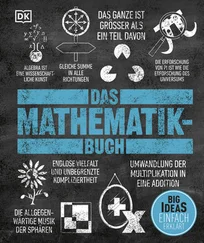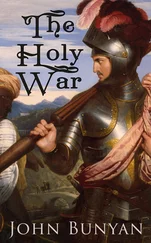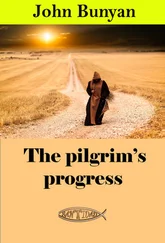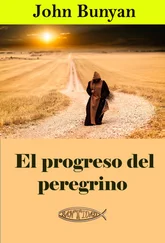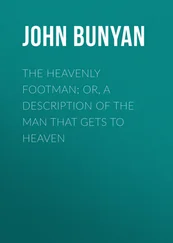Part 2( chapters 4and 5) focuses on the design of problem‐based writing assignments for promoting critical thinking. Chapter 4covers the design of formal writing assignments that go through multiple drafts toward becoming a finished product. By contrast, chapter 5explains the use of low‐stakes, exploratory writing inside and outside of class to enhance learning and promote critical thinking.
Part 3( chapters 6through 10) offers a compendium of strategies for coaching students as learners, thinkers, and writers. Using examples from across the curriculum, chapter 6presents a heuristic for designing critical thinking problems that promote active learning. These problems can be used as prompts for formal or informal writing assignments, as tasks for small‐group problem‐solving, or as ways to stimulate class discussion or enliven lectures. Chapter 7, on mindful reading, explores the difference between surface reading and deep reading, showing how instructors can strengthen students' reading skills by helping them think rhetorically about texts and metacognitively about their own reading processes. Chapters 8and 9together discuss ways to use class time for active inquiry and critical thinking. Chapter 8focuses on the use of small groups in the classroom, and chapter 9suggests ways to make lectures more interactive and whole‐class discussions more productive. Chapter 10, on teaching undergraduate research, argues that the conventional “research paper” is an academic pseudo‐genre that needs to be replaced by authentic research projects written in appropriate disciplinary genres. It offers advice for helping students think metacognitively about the way different disciplines ask questions, gather evidence, make arguments, and position themselves in a conversation with other scholars. It argues that skills needed for advanced research writing at the end of the major are best taught through strategically designed scaffolding assignments earlier in the curriculum.
The final section of the book, part 4( chapters 11– 16), concerns strategies for responding to and grading student writing. Chapter 11, new to this edition, presents the happy news that students can use metacognitive reflection to self‐assess their own drafts in progress and can conduct effective peer reviews that match the quality of teacher reviews. Chapter 12offers advice on creating and using rubrics, which can clarify an instructor's grading criteria and, in many cases, decrease an instructor's time spent grading and commenting on papers. Chapter 13offers ten time‐saving strategies for coaching the writing process while avoiding teacher burnout. Chapter 14focuses on ways to write supportive comments on students' work to promote significant revision rather than justify a grade. Chapter 15, on responding to grammar and other sentence‐level concerns, is a substantial revision of the second edition's chapter 5. While still focusing on the importance of careful sentence‐level editing it now tries to incorporate a more progressive, translingual appreciation of language diversity. Finally, chapter 16, also new to the third edition, explains alternatives to traditional grading through portfolio assessment and contract grading.
Thanks and Acknowledgments
We conclude with thanks and acknowledgments from John, from Dan, and then from the both of us.
I have been fortunate over my teaching career to have generous colleagues who encouraged and supported my interest in writing across the curriculum and often shaped my thinking. I wish particularly to thank W. Daniel Goodman in the Department of Chemistry at the College of Great Falls and Dean Drenk, John Ramage, and Jack Folsom for our FIPSE‐grant days at Montana State University. At Seattle University, I thank my SoTL colleagues (many of whom have been coauthors with me on WAC or SoTL publications): economists Dean Peterson, Gareth Green, and Teresa Ling; finance professors David Carrithers and Fiona Robertson; chemists P. J. Alaimo, Joe Langenhan, and Jenny Loertscher; historian Theresa Earenfight; English professors Charles Tung, Nalini Iyer, June Johnson Bube, Sean McDowell, and David Leigh, S.J; and SoTL scholar David Green of Seattle University's Center for Excellence in Teaching and Learning. Thanks also to Larry Nichols, director of the Writing Center at Seattle University, my longtime friend, workshop cofacilitator, and fellow advocate for good writing assignments and engaged learning.
A larger network of WAC friends has also nurtured and inspired my work: Joanne Kurfiss Gainen, former director of the Center for Teaching and Learning at Santa Clara University; Linda Shohet, the Centre for Literacy in Montreal, Canada; Martha (Marty) Townsend at the University of Missouri, who spearheaded the development of her institution’s remarkable pioneering WAC program; John Webster, SoTL scholar and director of writing for the College of Arts and Sciences at the University of Washington; Michael Herzog, my Teagle Grant co‐investigator and longtime SoTL colleague at Gonzaga University; Carol Rutz, director of the writing program at Carleton College; Carol Haviland, former director of the writing center at California State University at San Bernardino; Paul Anderson, now retired from his important WAC work at Miami University and Elon University; and nursing professor Rob van der Peet of the Netherlands, who translated the first edition of Engaging Ideas into Dutch. I also owe a special debt of gratitude and warm thanks to pioneering SoTL scholar Maryellen Weimer, emeritus professor of teaching and learning at Pennsylvania State University, who wrote the foreword to the first and second editions of Engaging Ideas . Her faith in my work, her encouragement, and her extraordinary generosity of time gave me the confidence to produce the first and second editions.
I offer a special thanks to the Seattle University teaching community during the years 1988–1993, when I wrote the precursor to Engaging Ideas as an in‐house book for Seattle University's new core curriculum using examples from more than forty Seattle U faculty. As a Jesuit institution, Seattle University created a new core curriculum that reflected the Jesuit commitment to inquiry and debate along with a passionate belief that rhetoric, as eloquentia perfecta, should serve the common good. These beliefs, combined with the student‐centered ethic of cura personalis (care for the whole person) and mission commitment to social justice, created a teaching environment where faculty could develop and share the pedagogical practices that eventually emerged in Engaging Ideas . That remarkable Seattle U community discovered modern ways to enact the principle of active learning aimed at the growth of persons revealed in St. Ignatius's 1583 Ratio Studiorum, the originating “plan of studies” for Jesuit education. It took a village to write Engaging Ideas .
My deepest thanks and love go to my wife, Kit, who is also a professional writing teacher, and to our children—Matthew, Andrew, Stephen, and Sarah—who have grown to adulthood since I first started writing about Writing Across the Curriculum.
I've had the good fortune of having many mentors in the field of writing across the curriculum who helped me along the way: Jon Leydens at Colorado School of Mines, Mike Palmquist at Colorado State University, Terry Myers Zawacki at George Mason University, Chris Anson at North Carolina State University, David Russel at Iowa State University, and Chris Thaiss at University of California, Davis, among others. These mentors became colleagues, and I have also been fortunate to have had wonderful English department colleagues at California State University, Sacramento, as I grew into my role as a WAC and writing center director: Amy Heckathorn, Linda Buckley, Fiona Glade, Cathy Gabor, Cherryl Smith, and Mandy Proctor, among many others. I have also been blessed with great writing partners. Working on a book about developing sustainable WAC programs with Michelle Cox and Jeff Galin had a tremendous impact on my thinking about WAC as a movement, and now I have the great fortune of having John Bean as a writing partner. I thank John for the invitation to join him in his good and important work helping all teachers become better writing teachers.
Читать дальше
